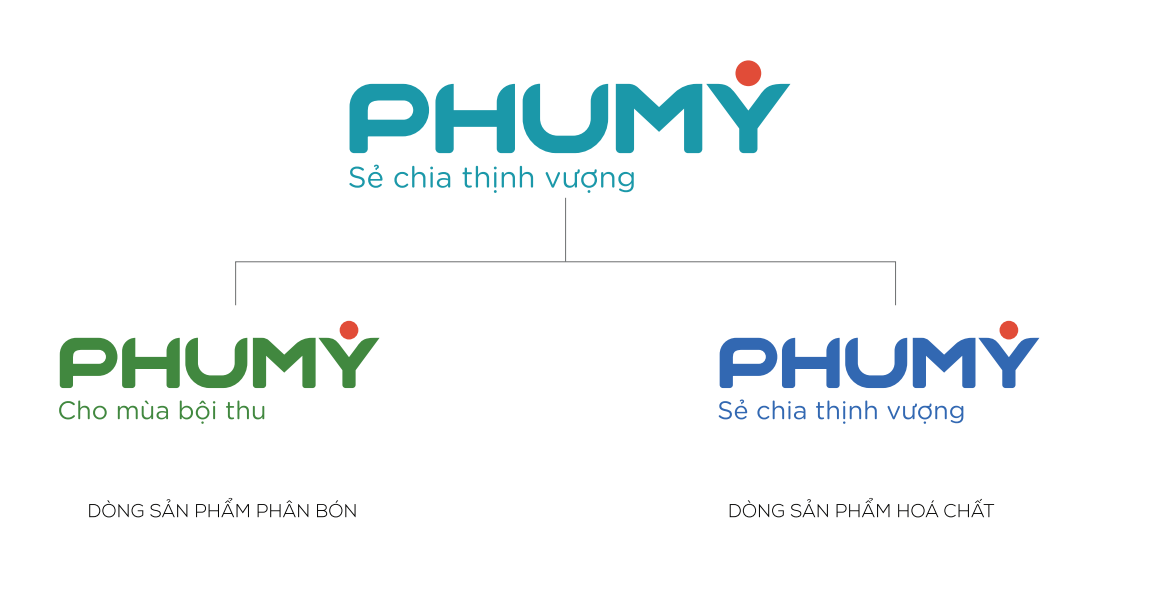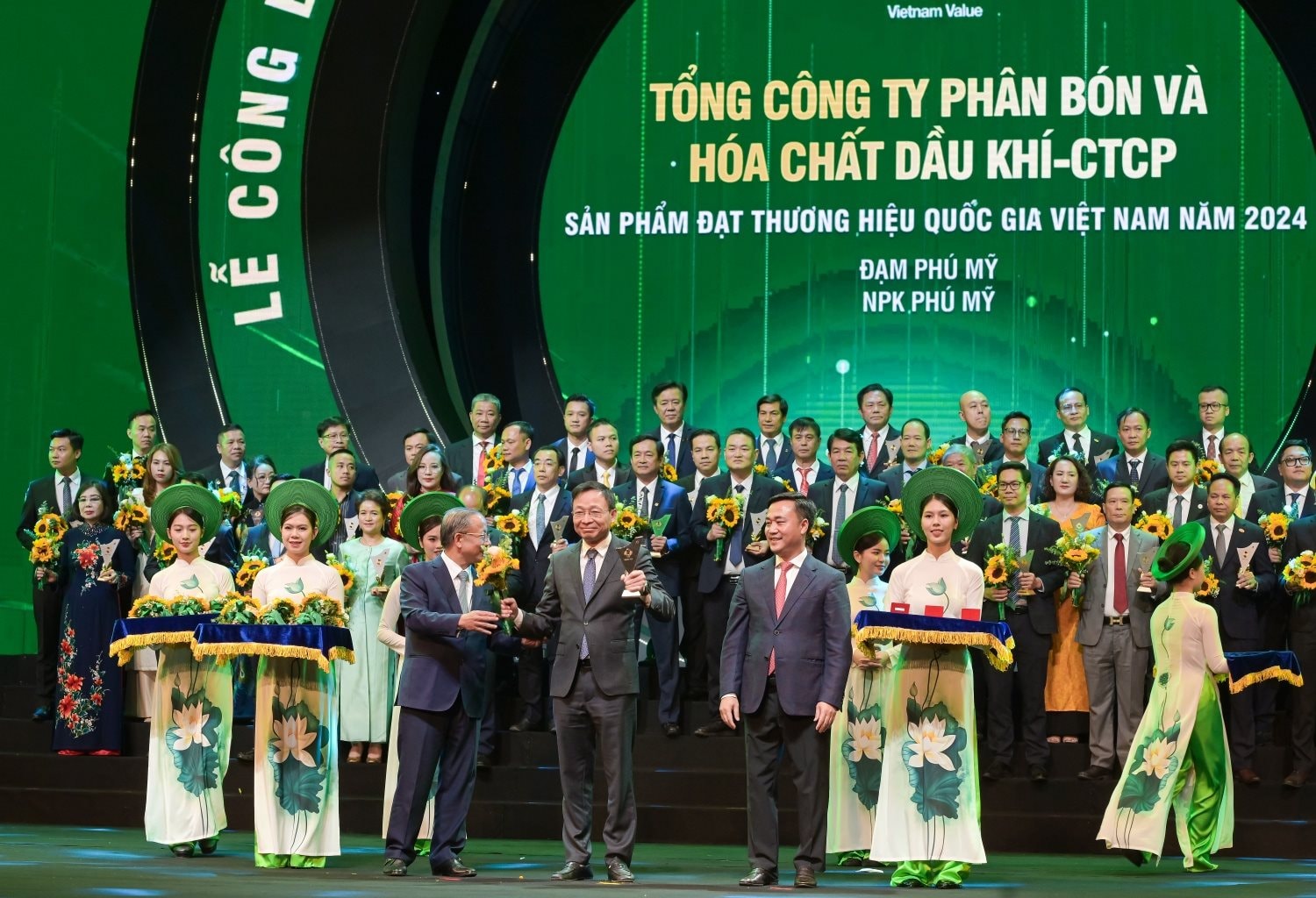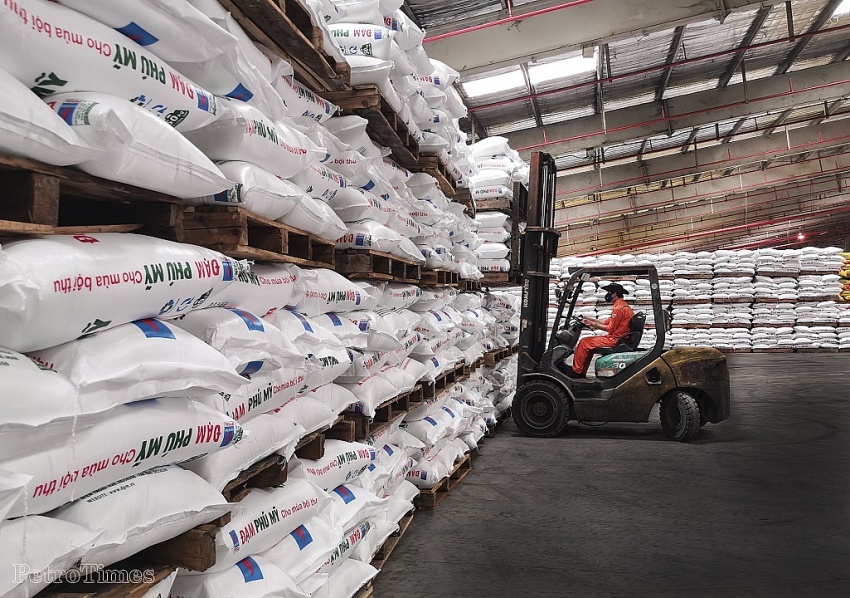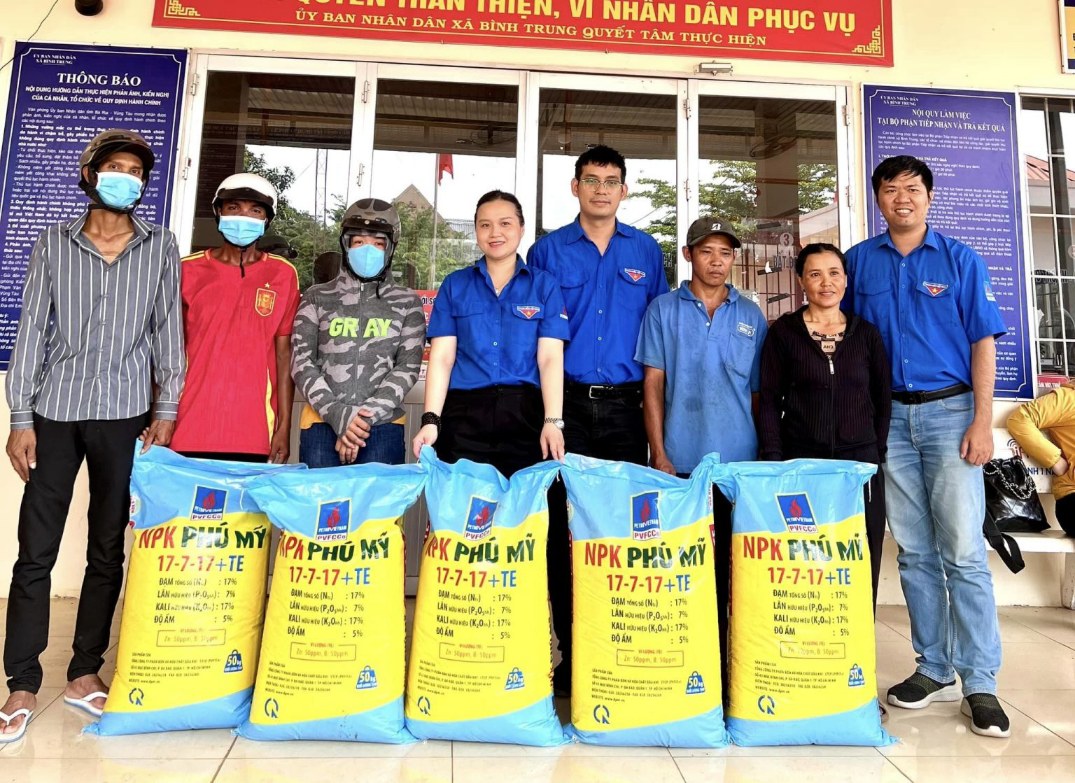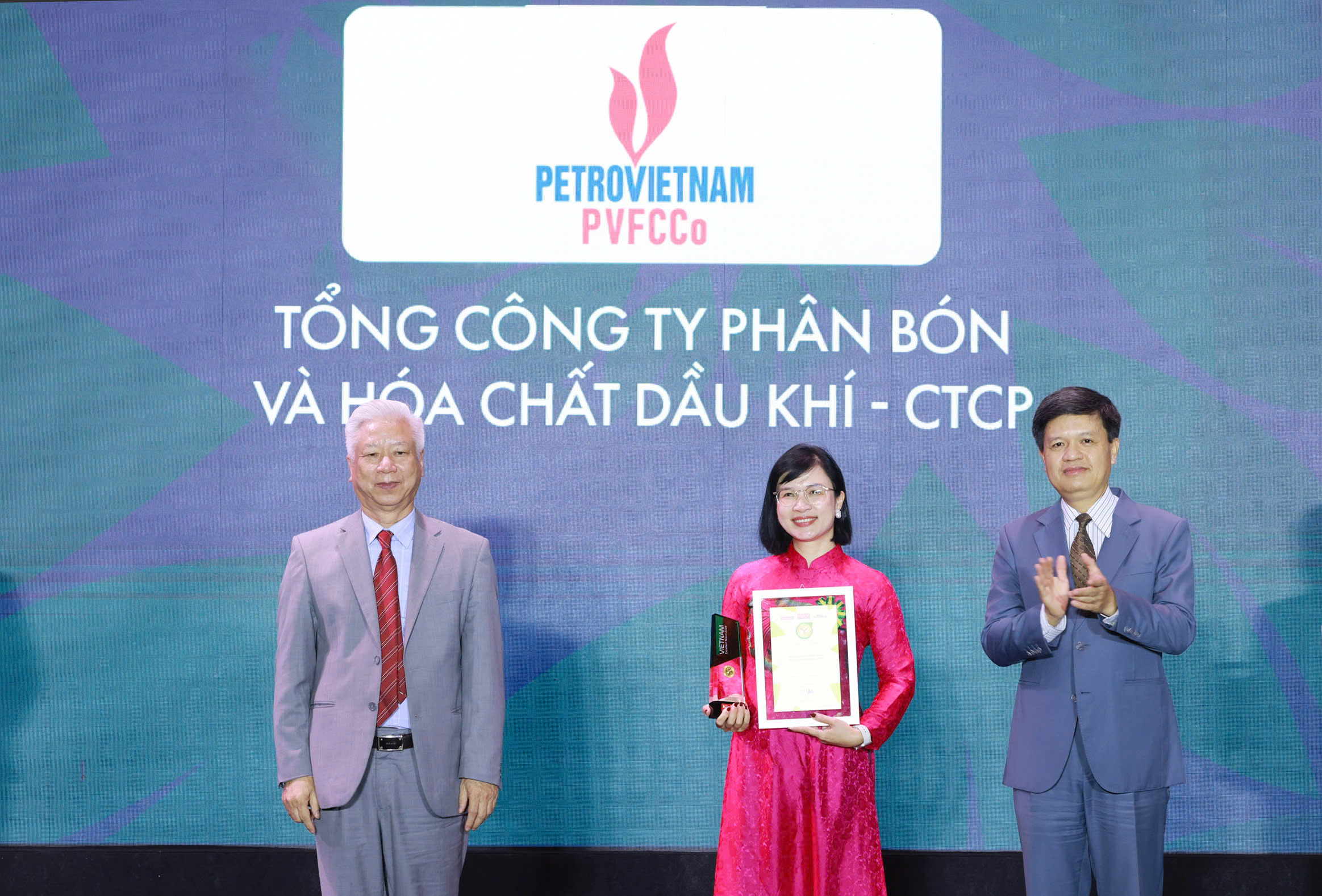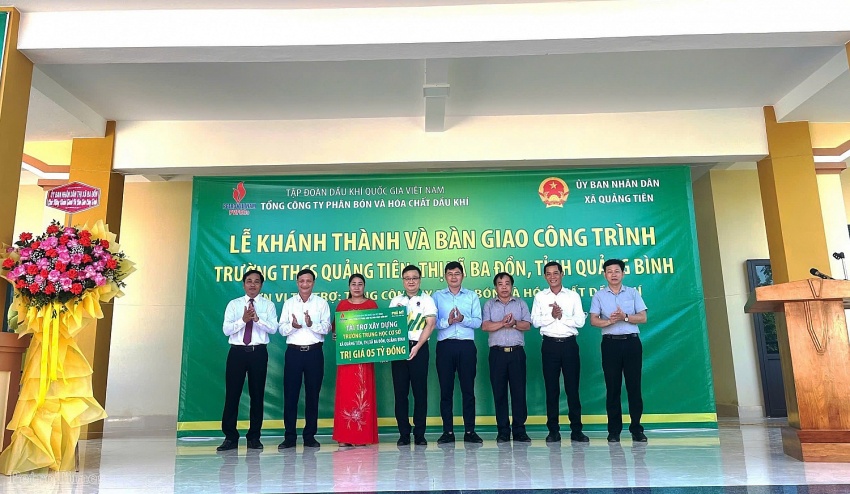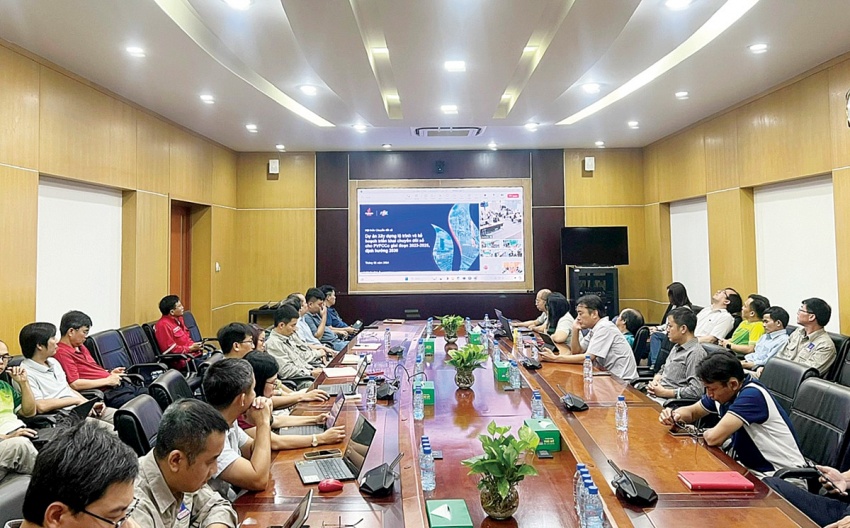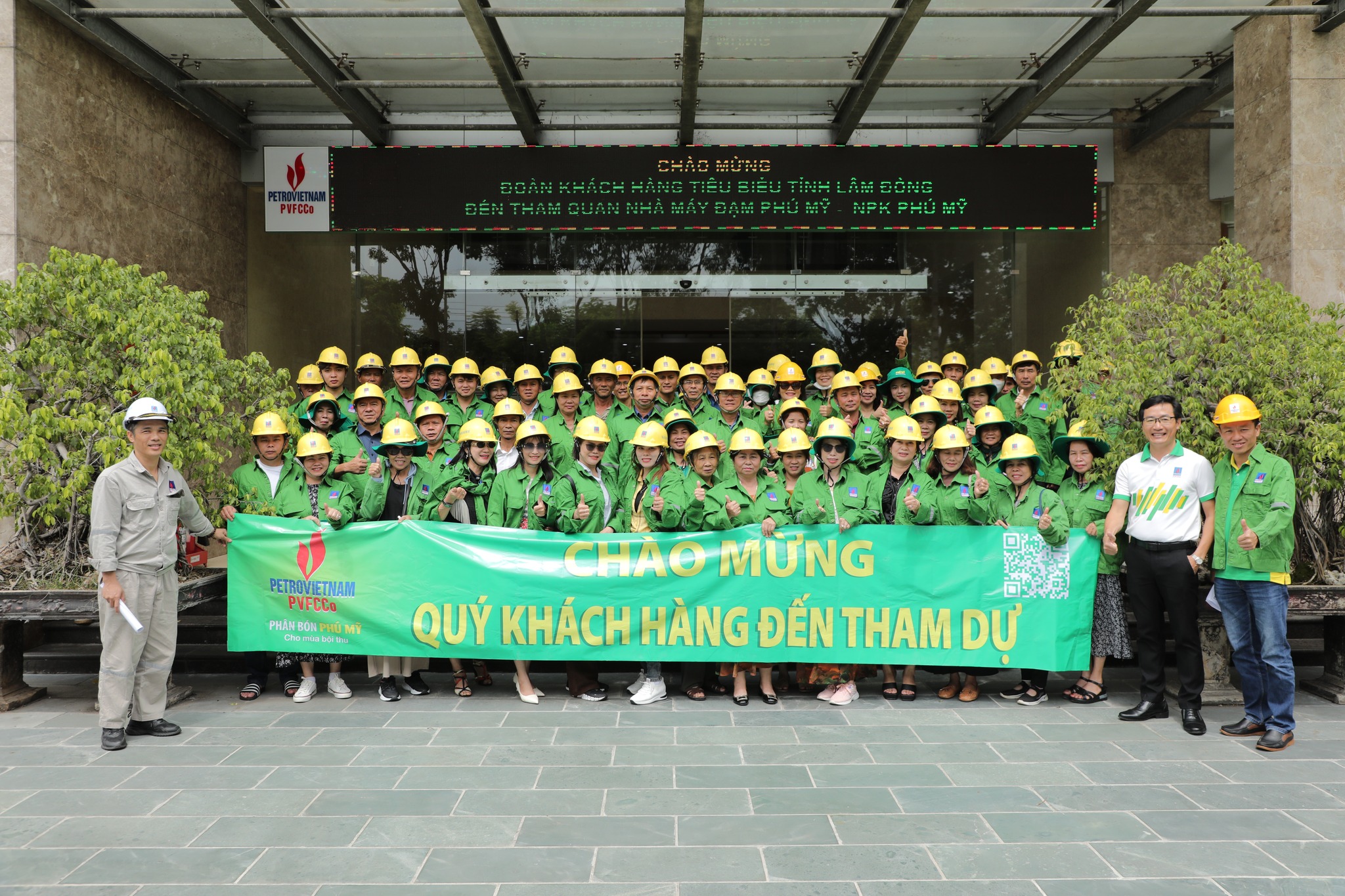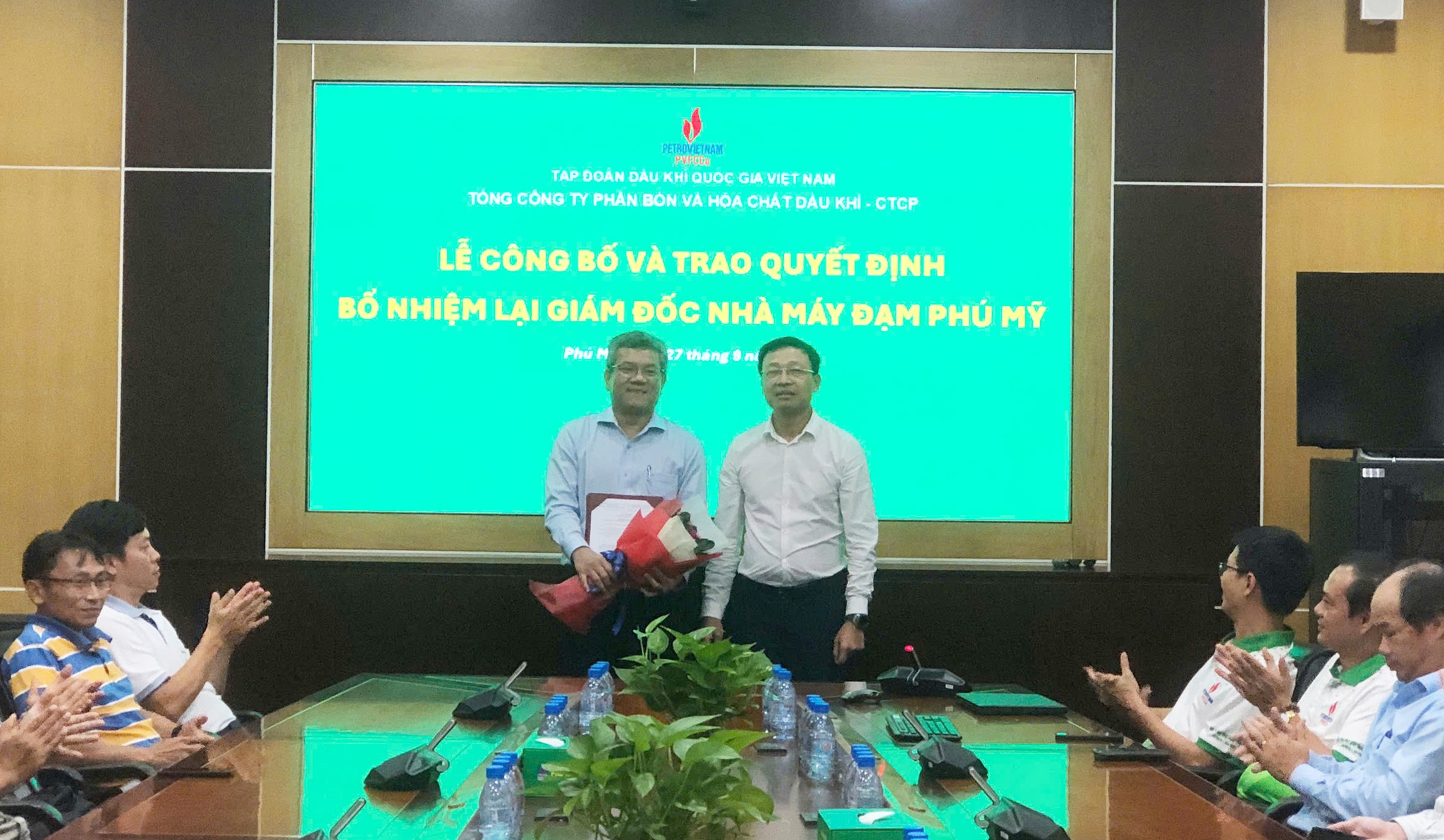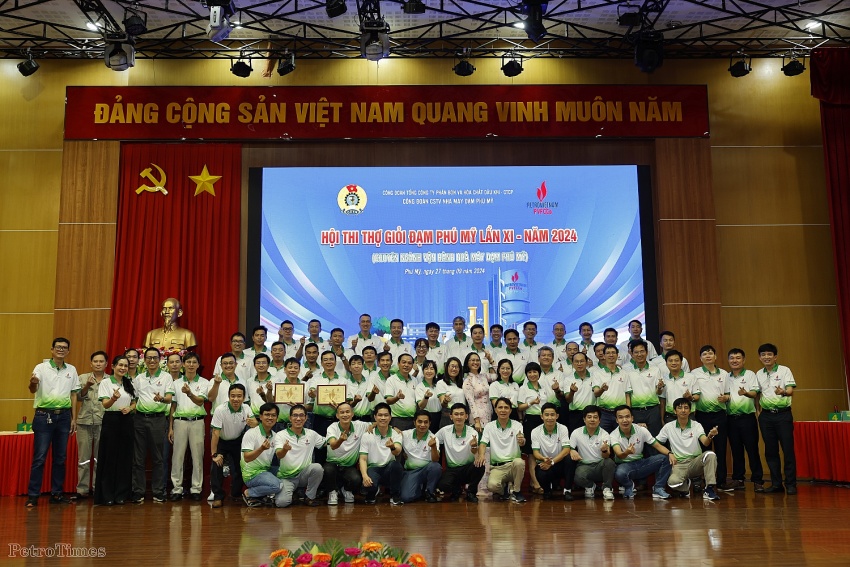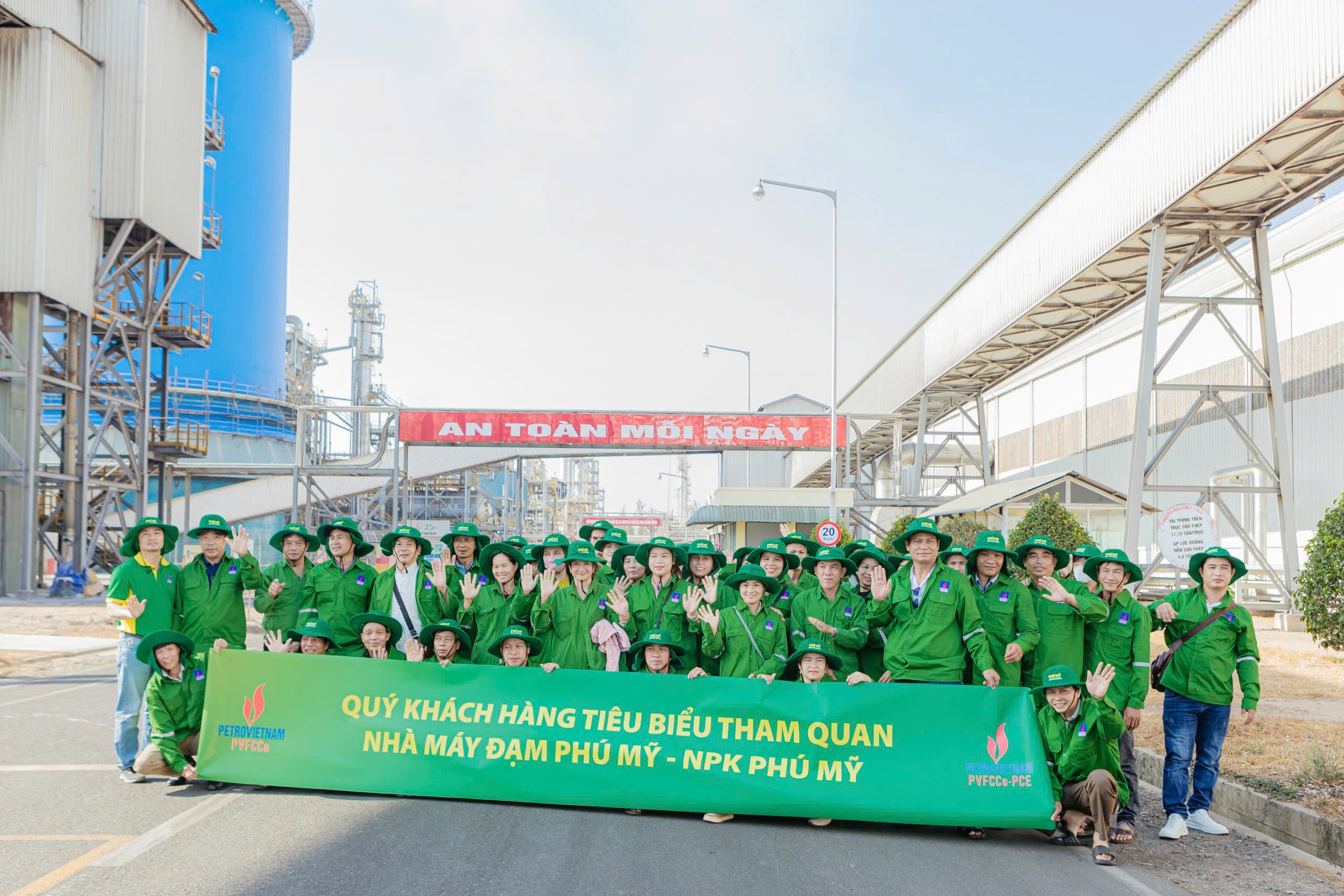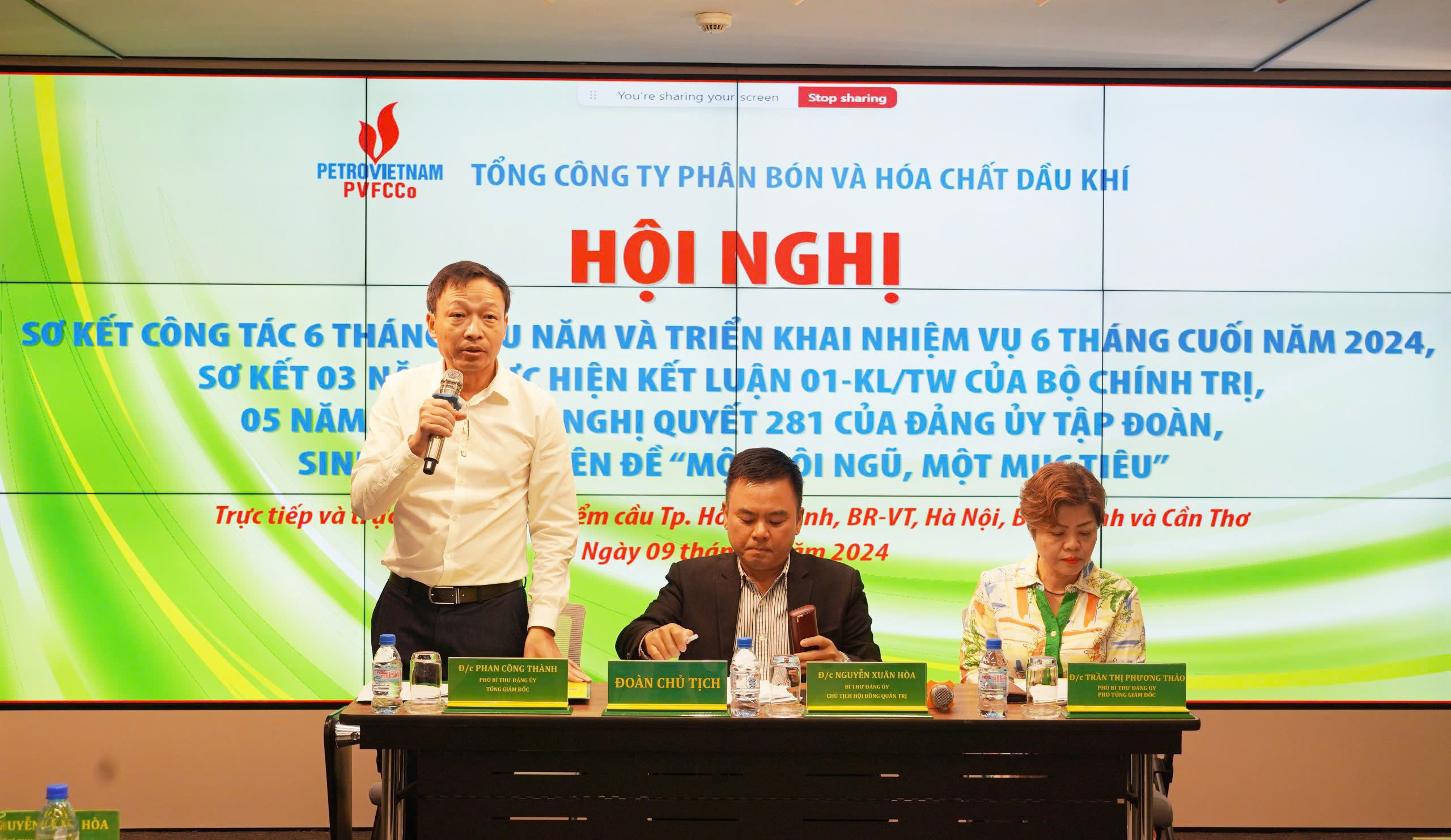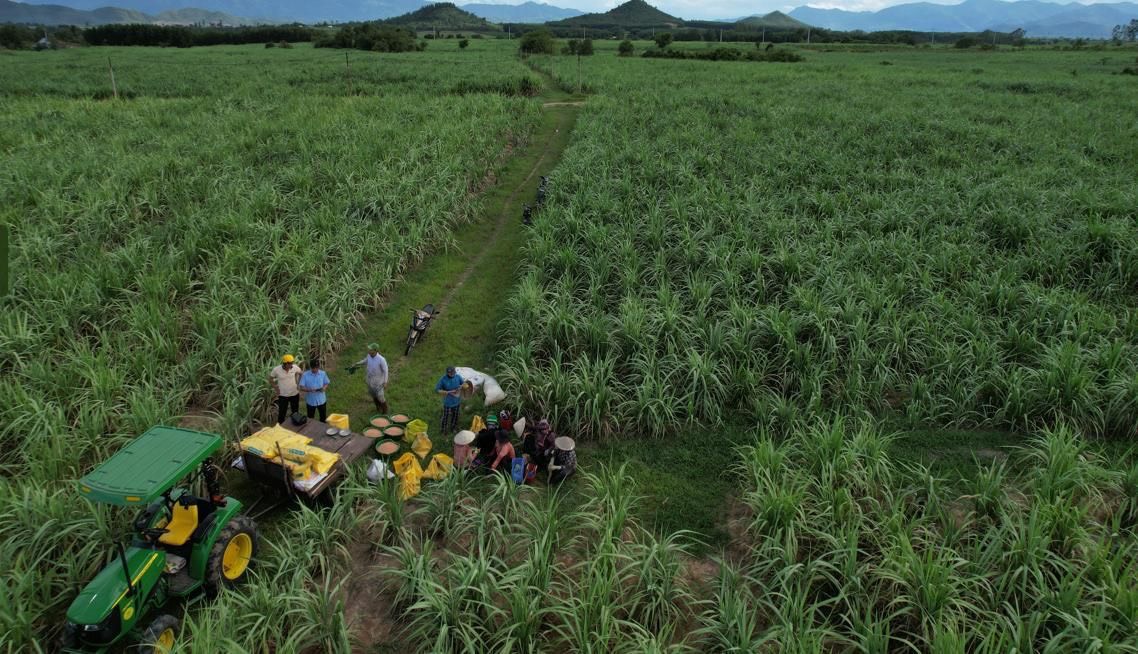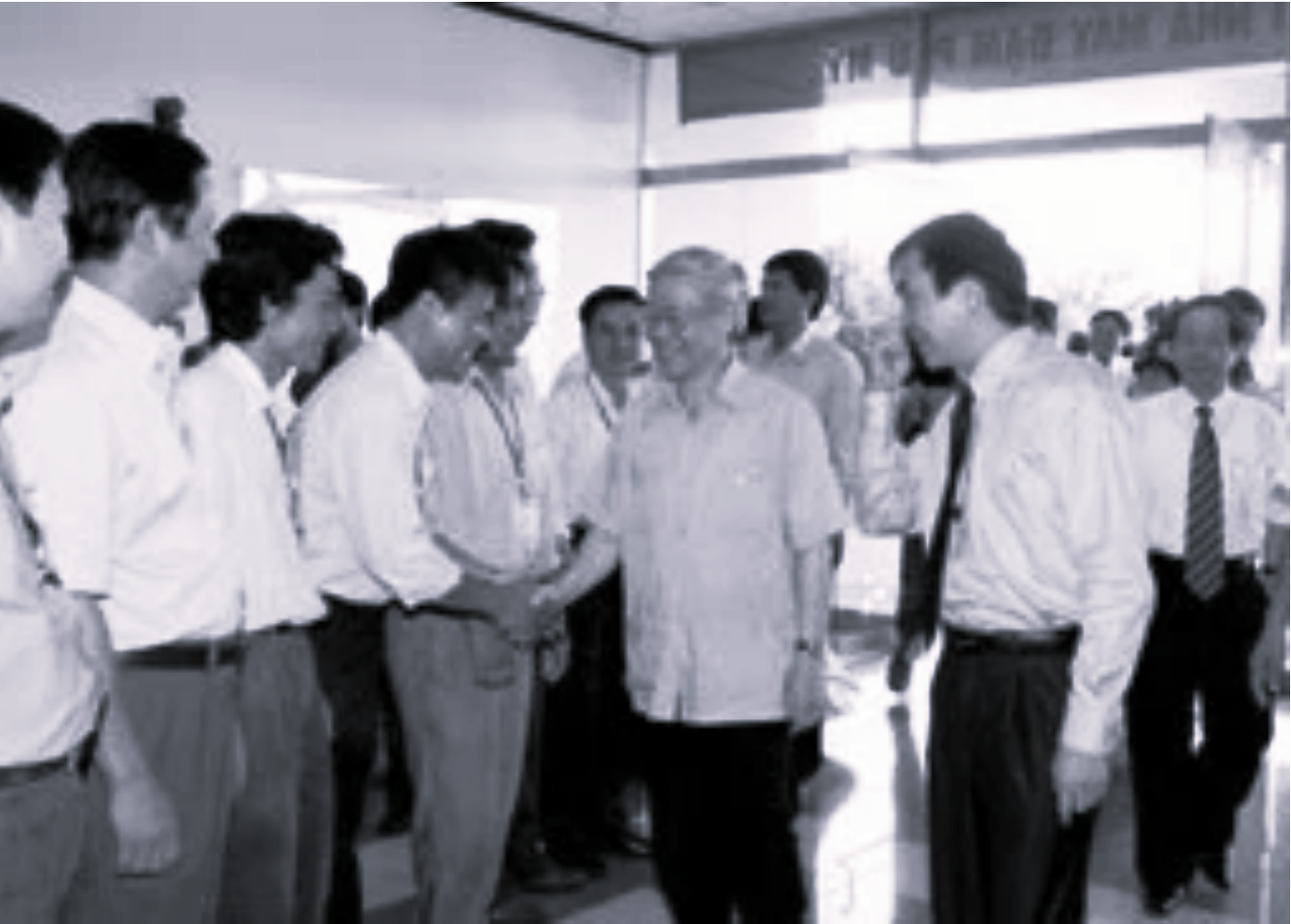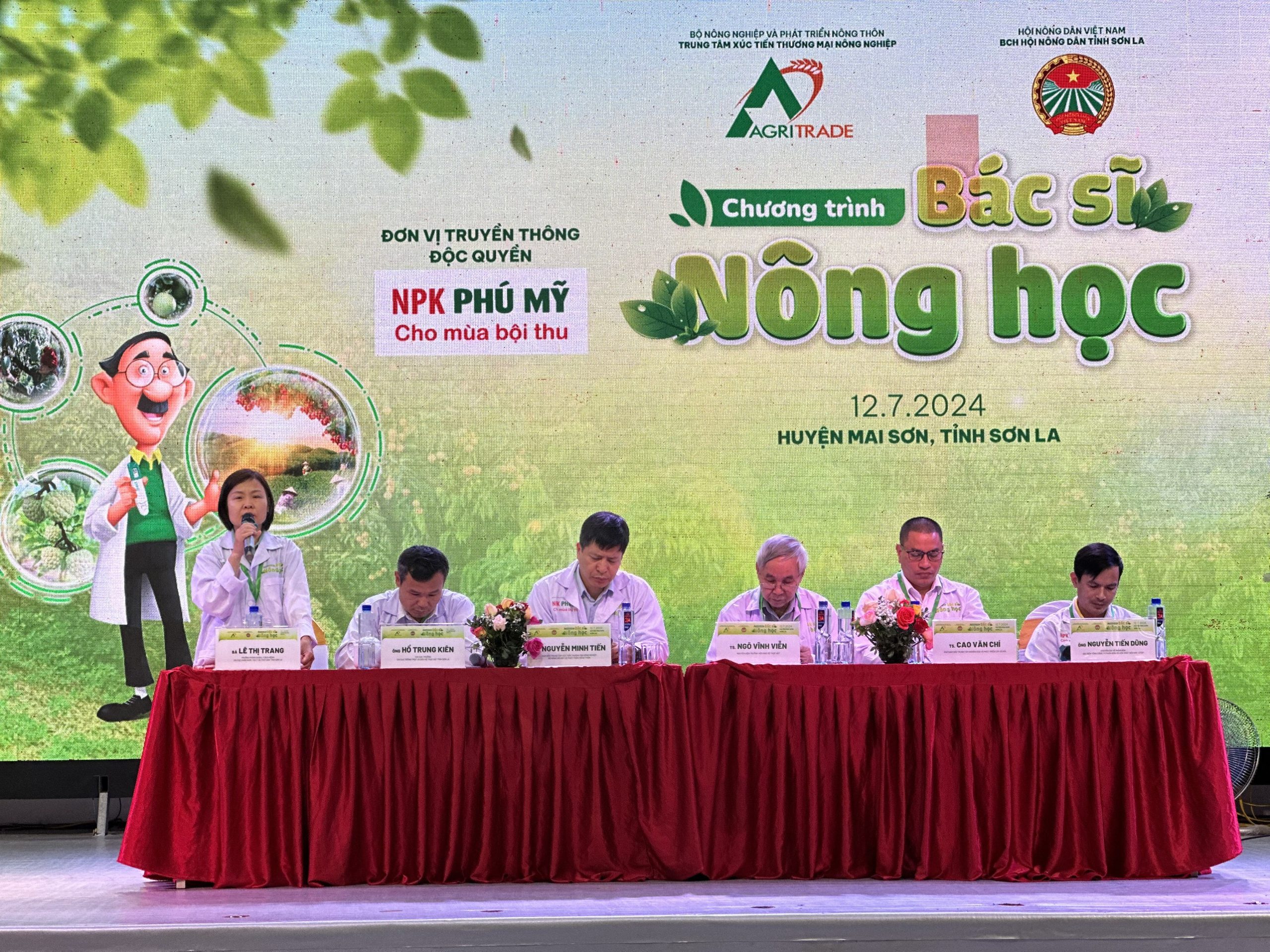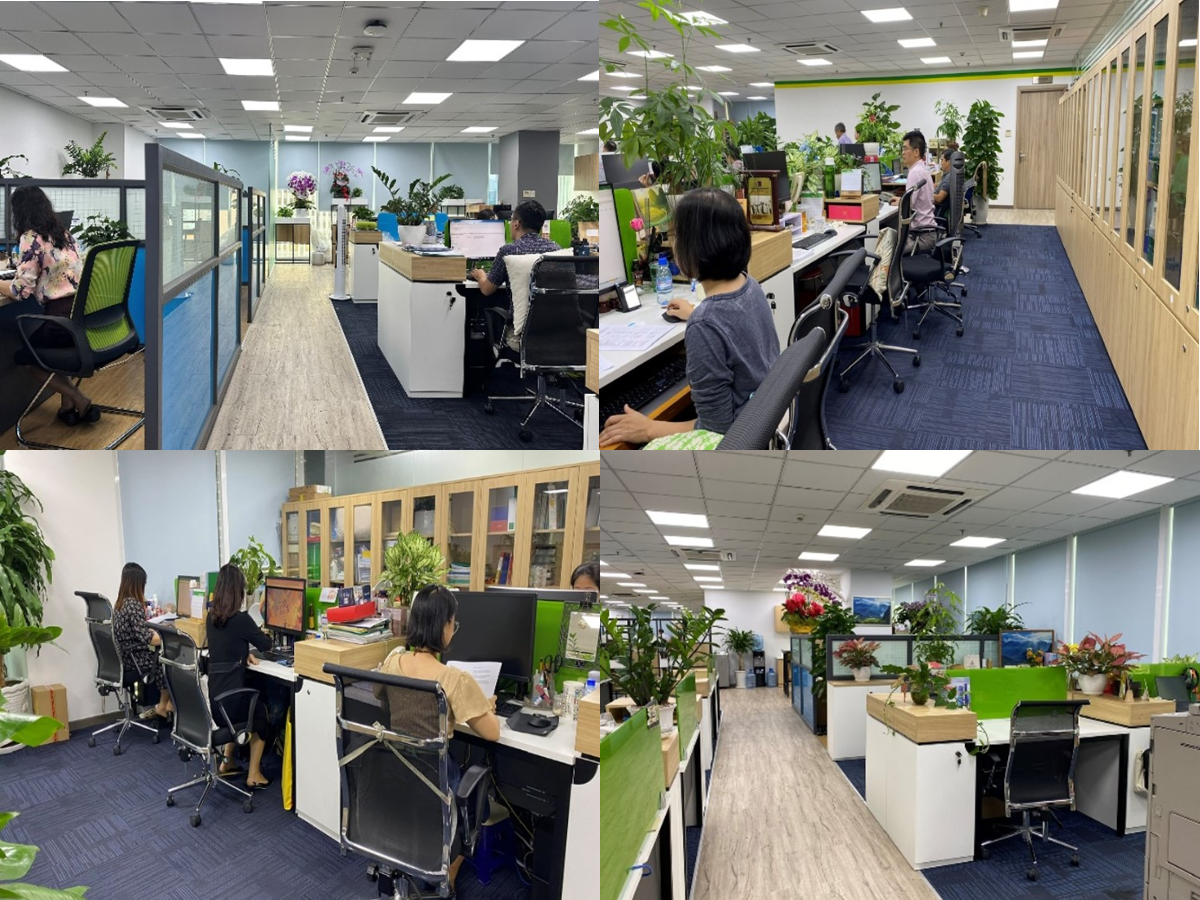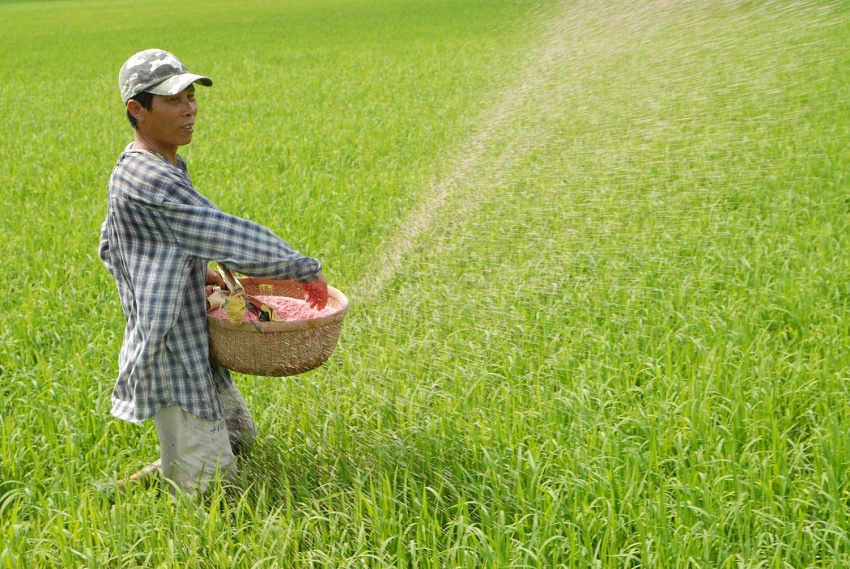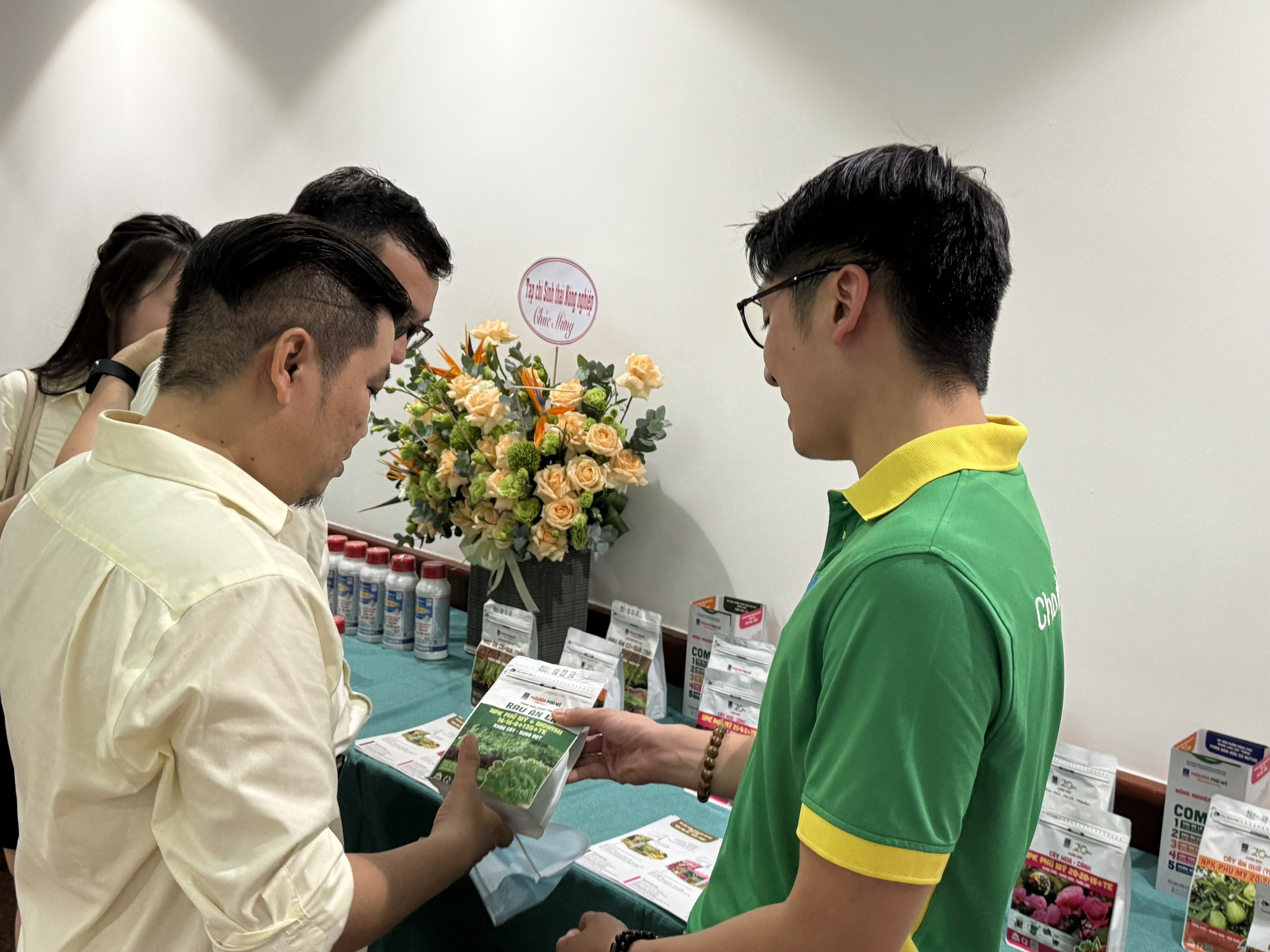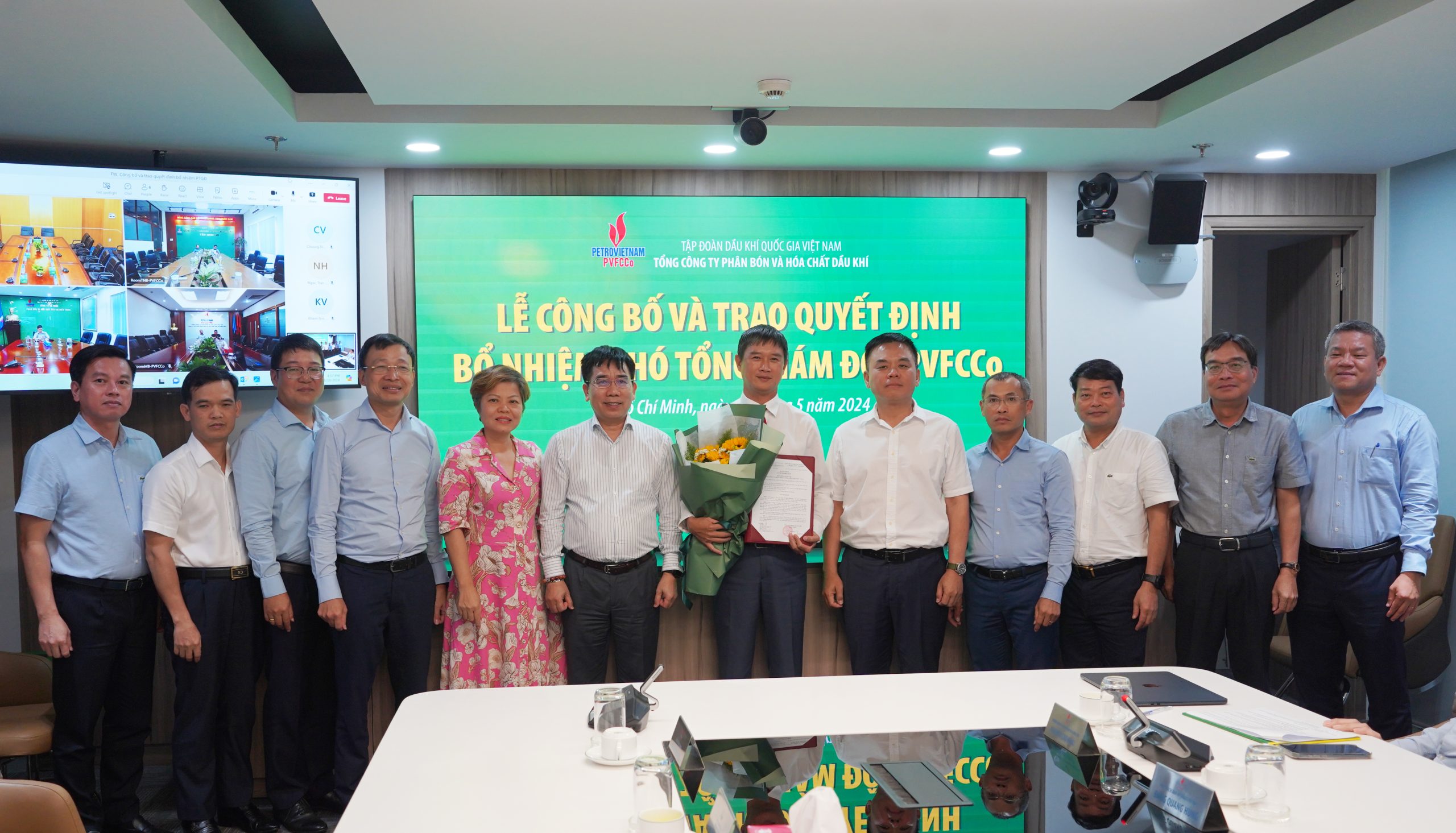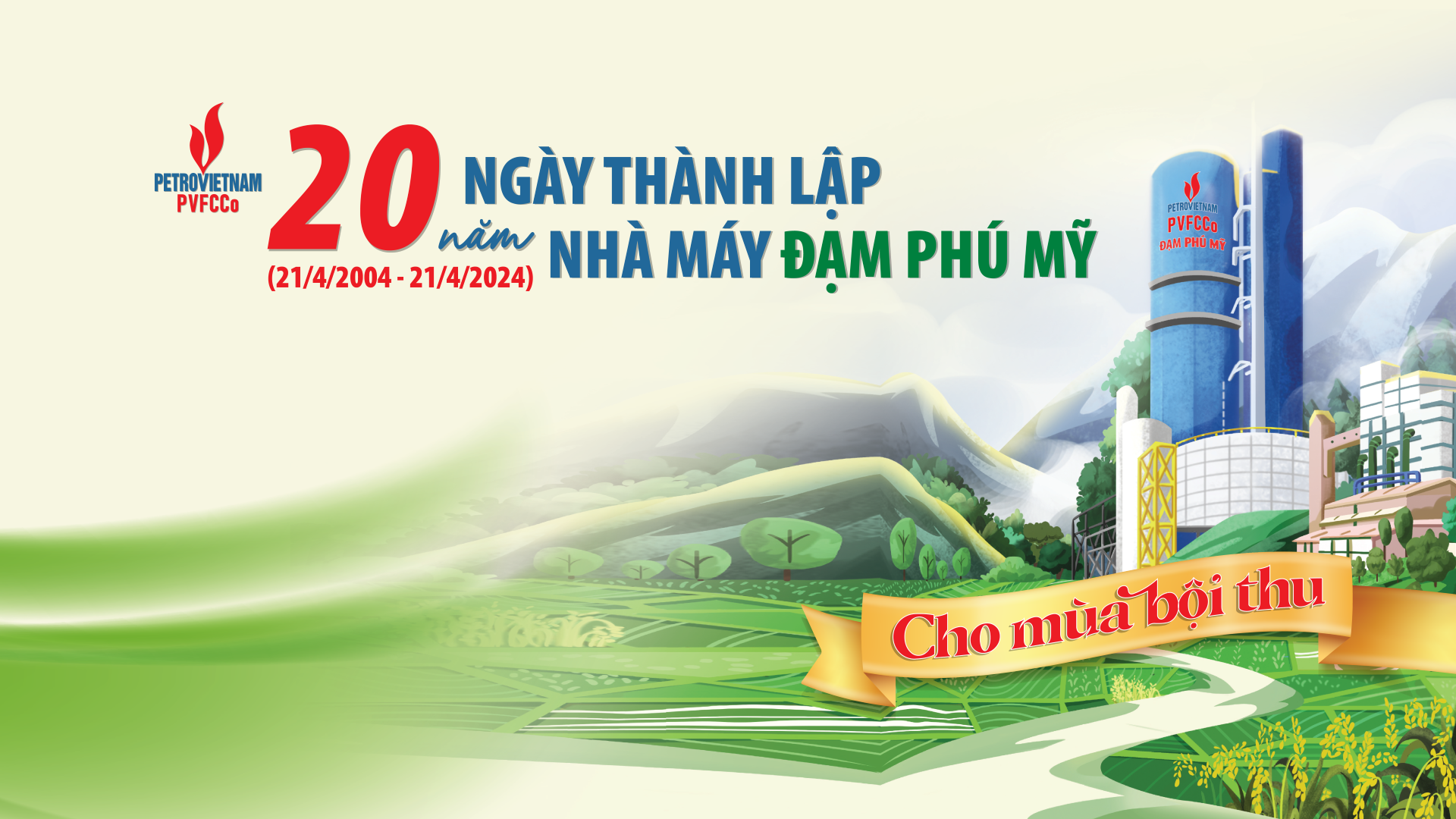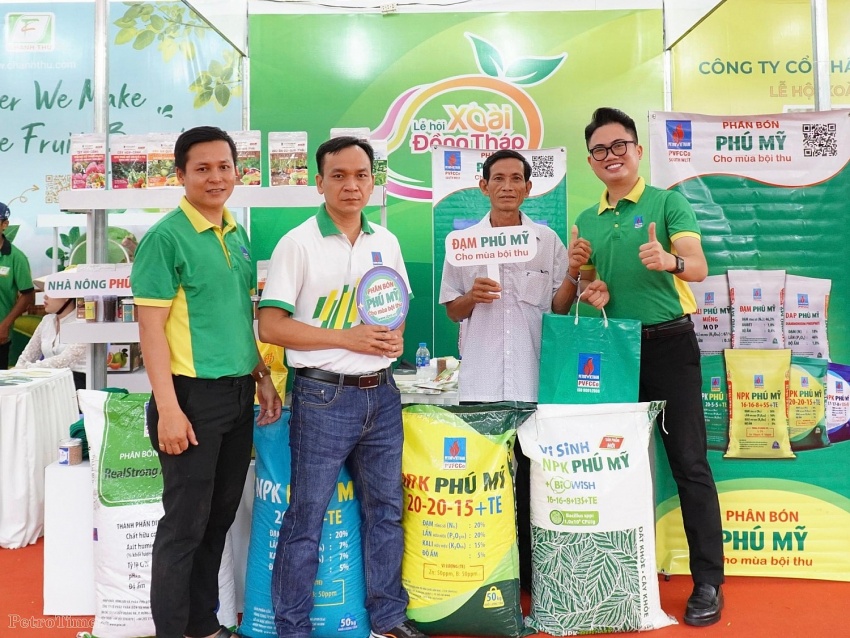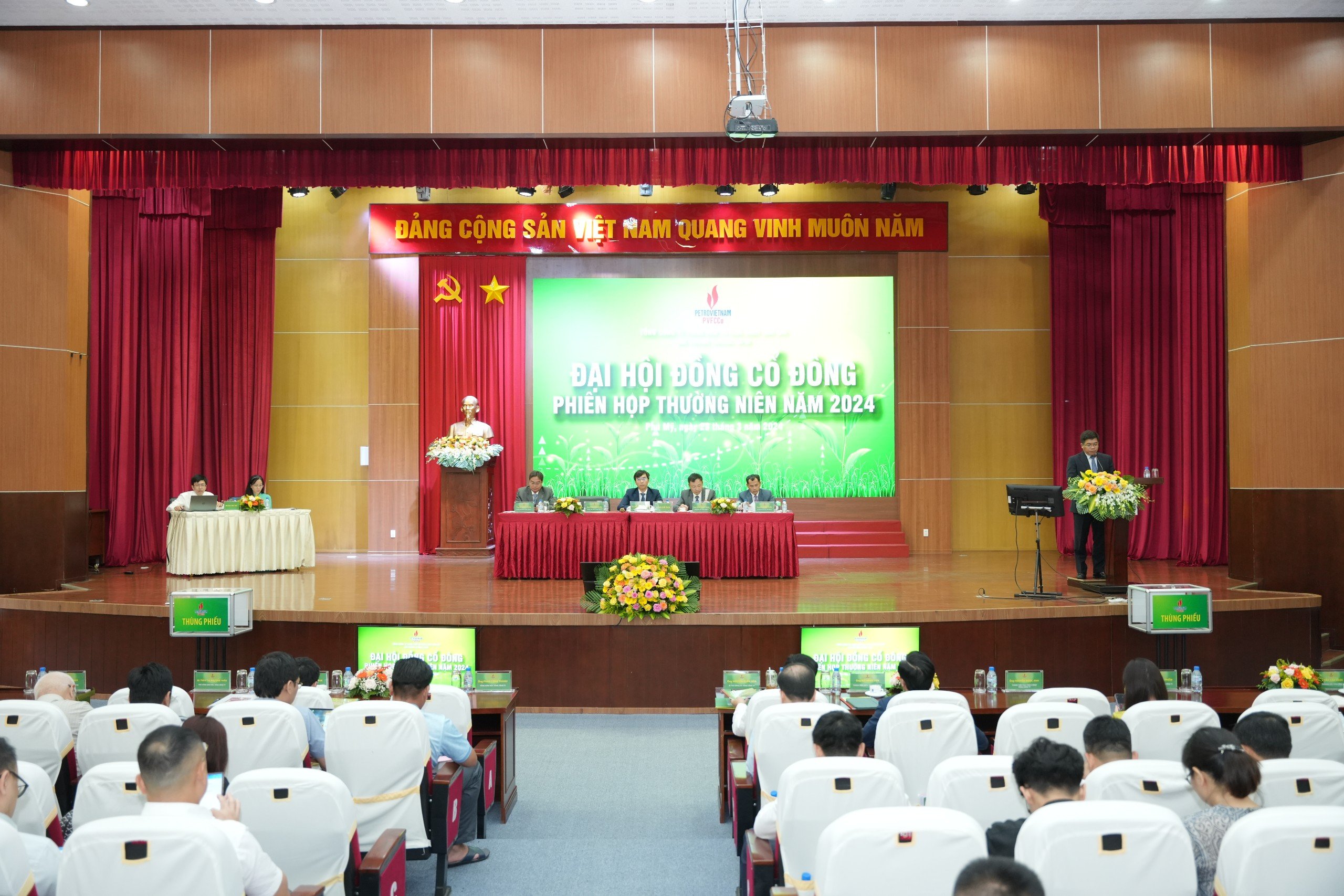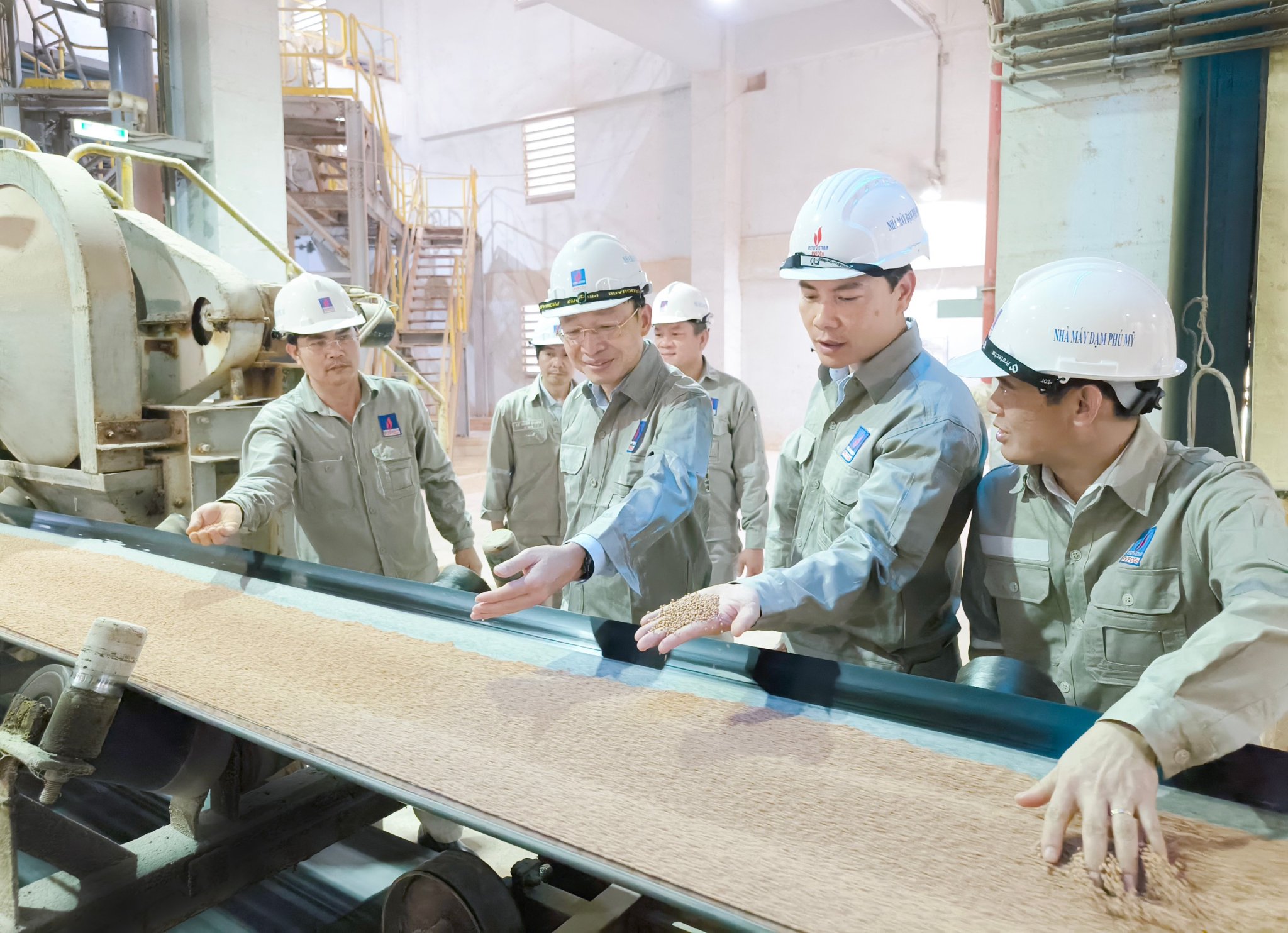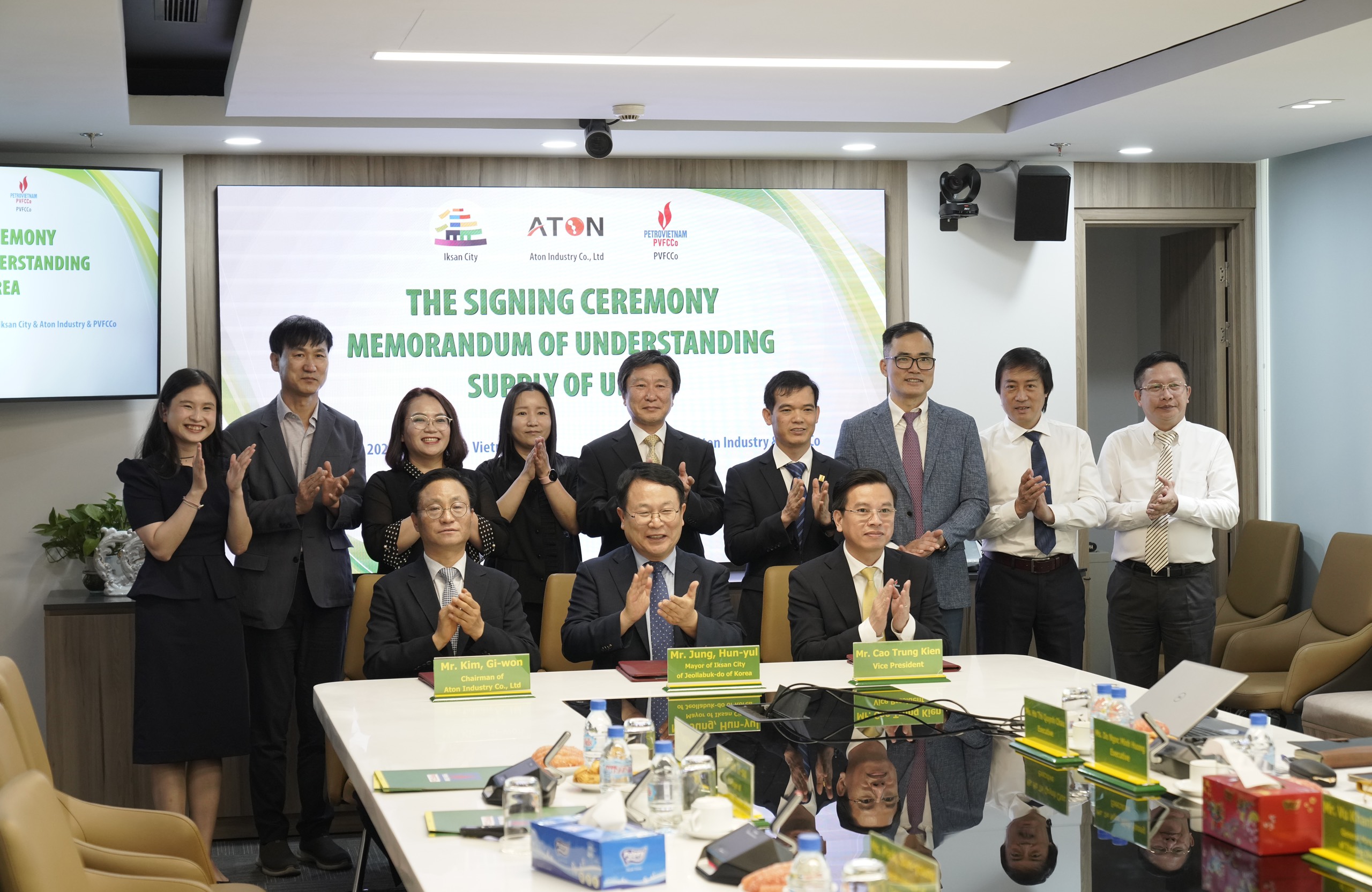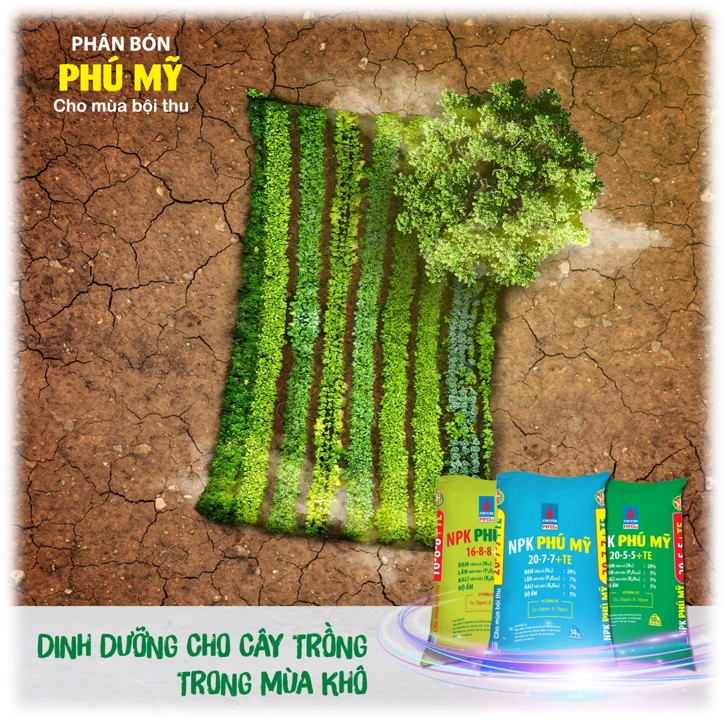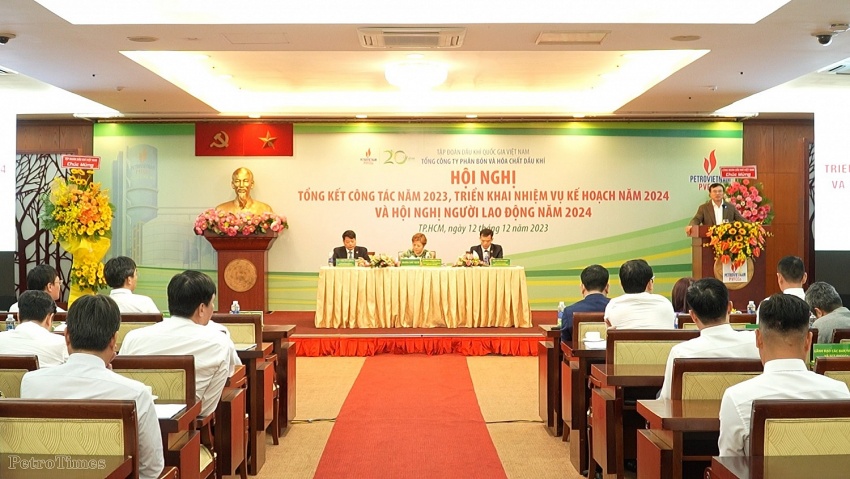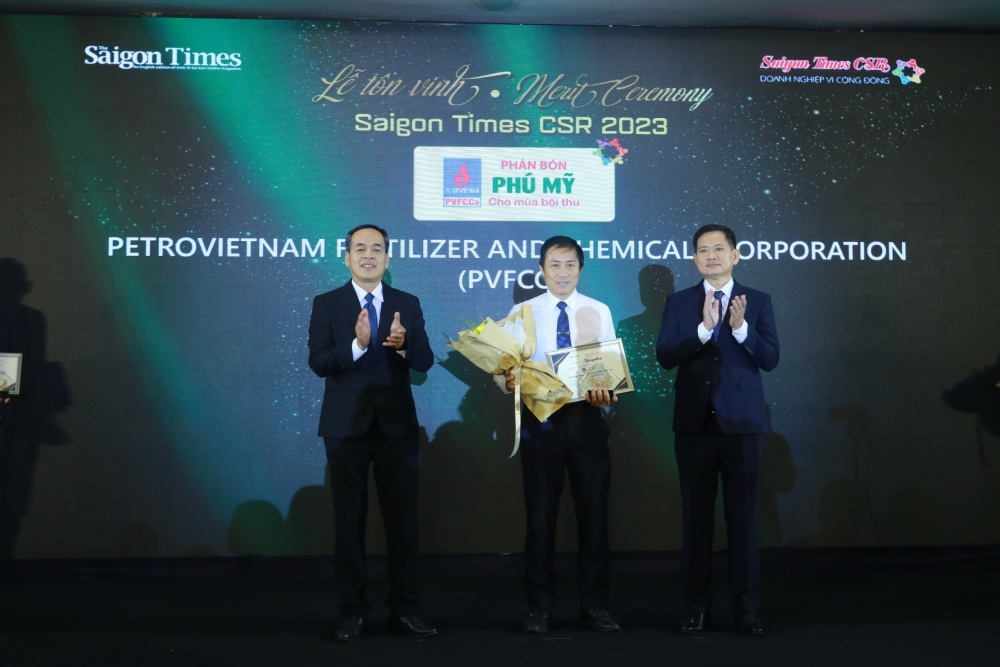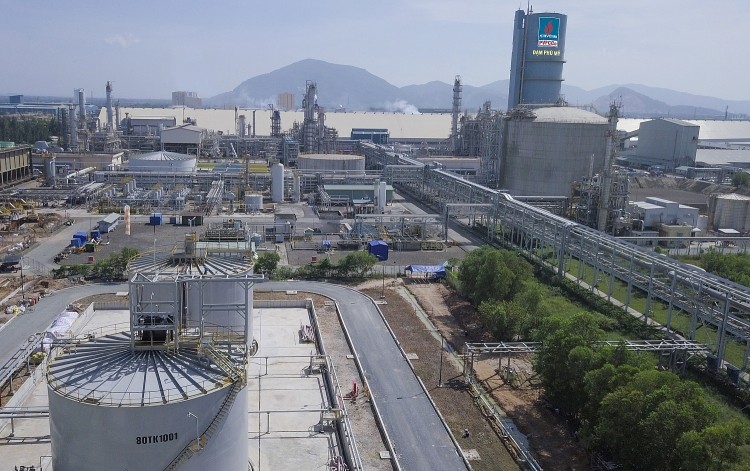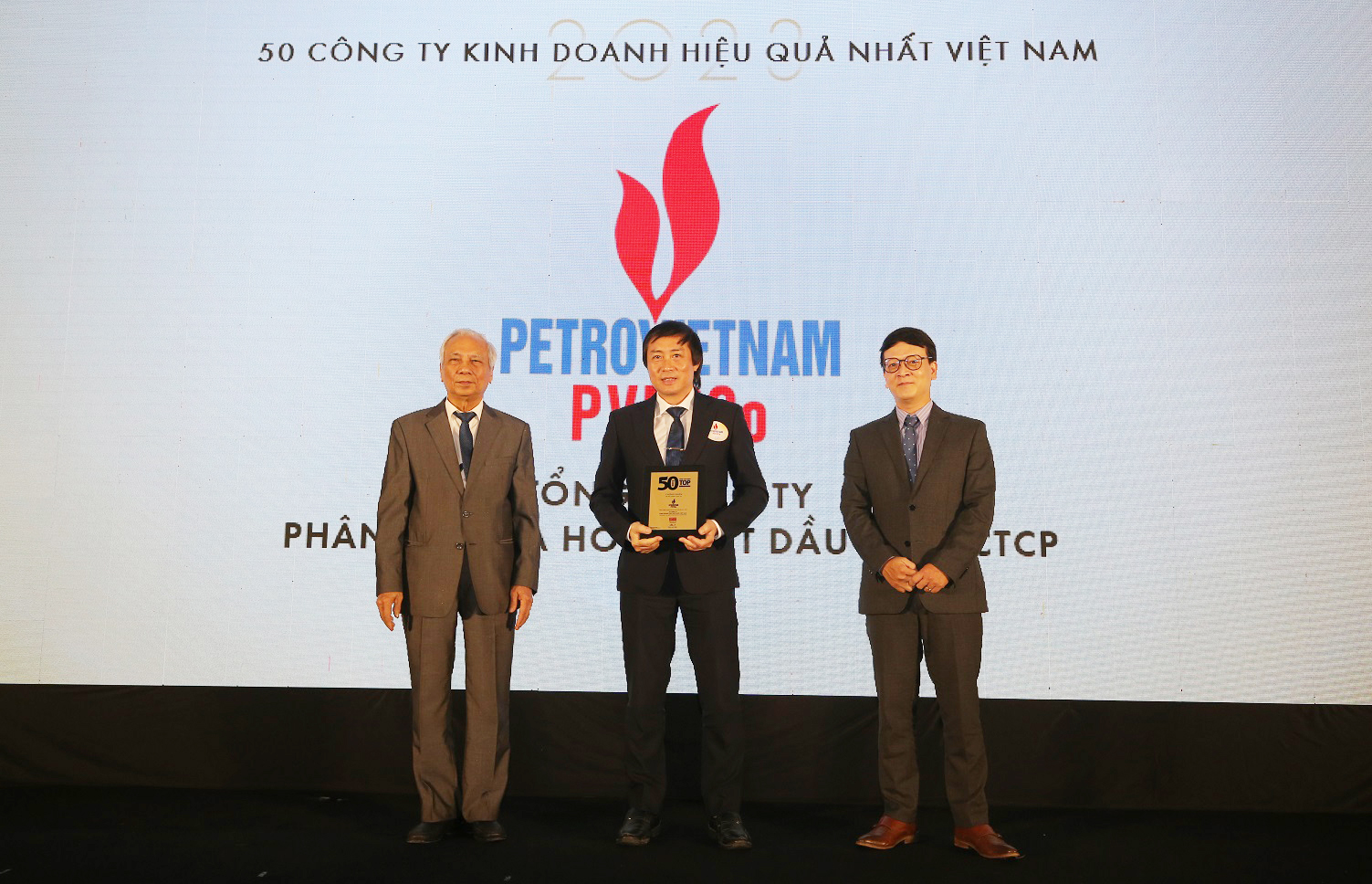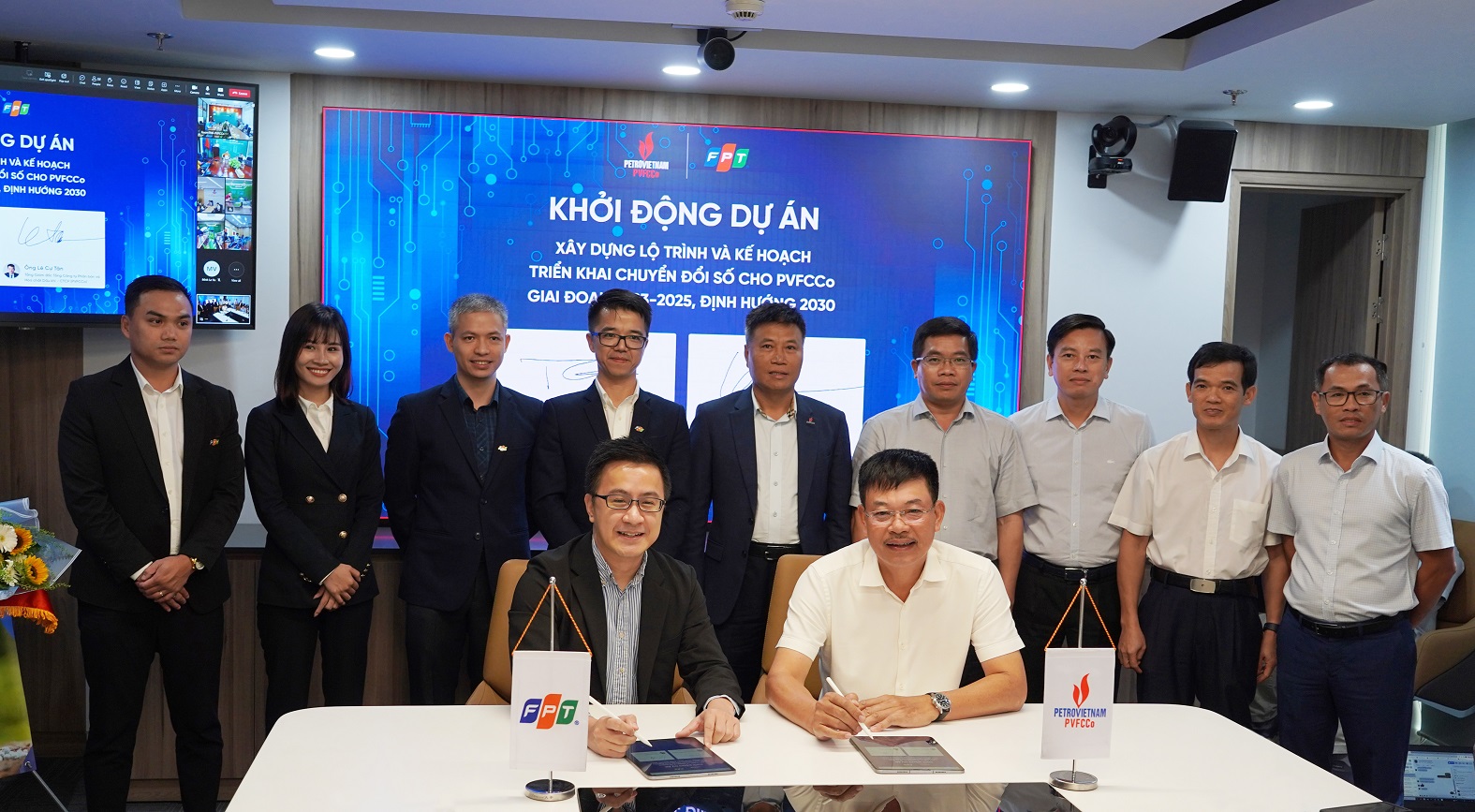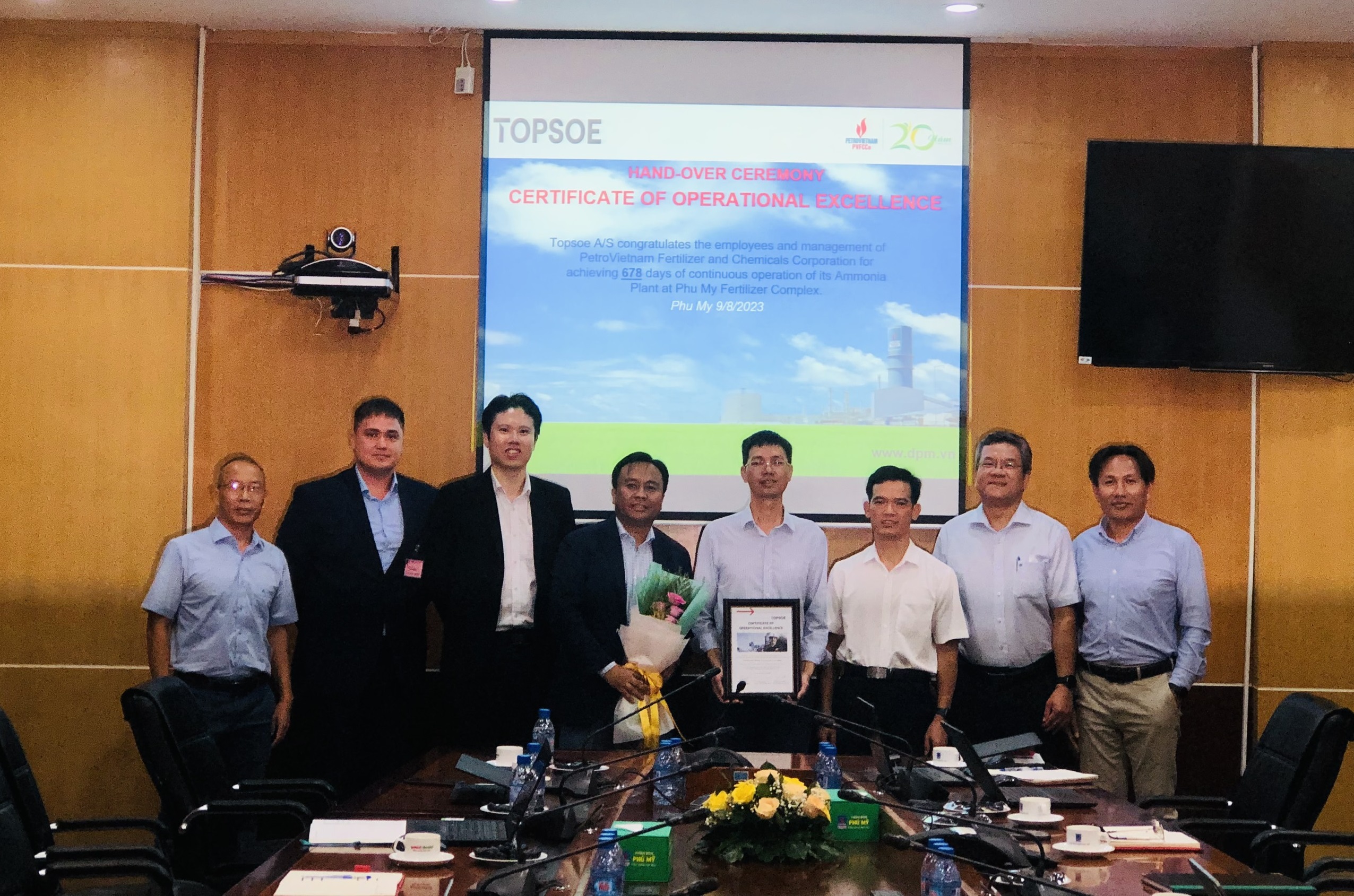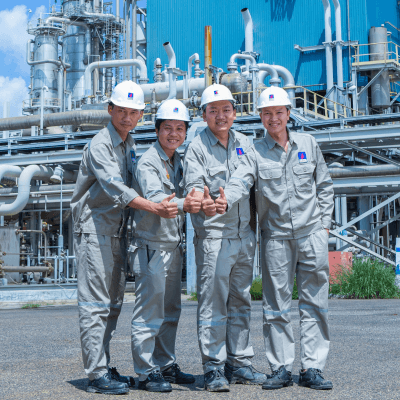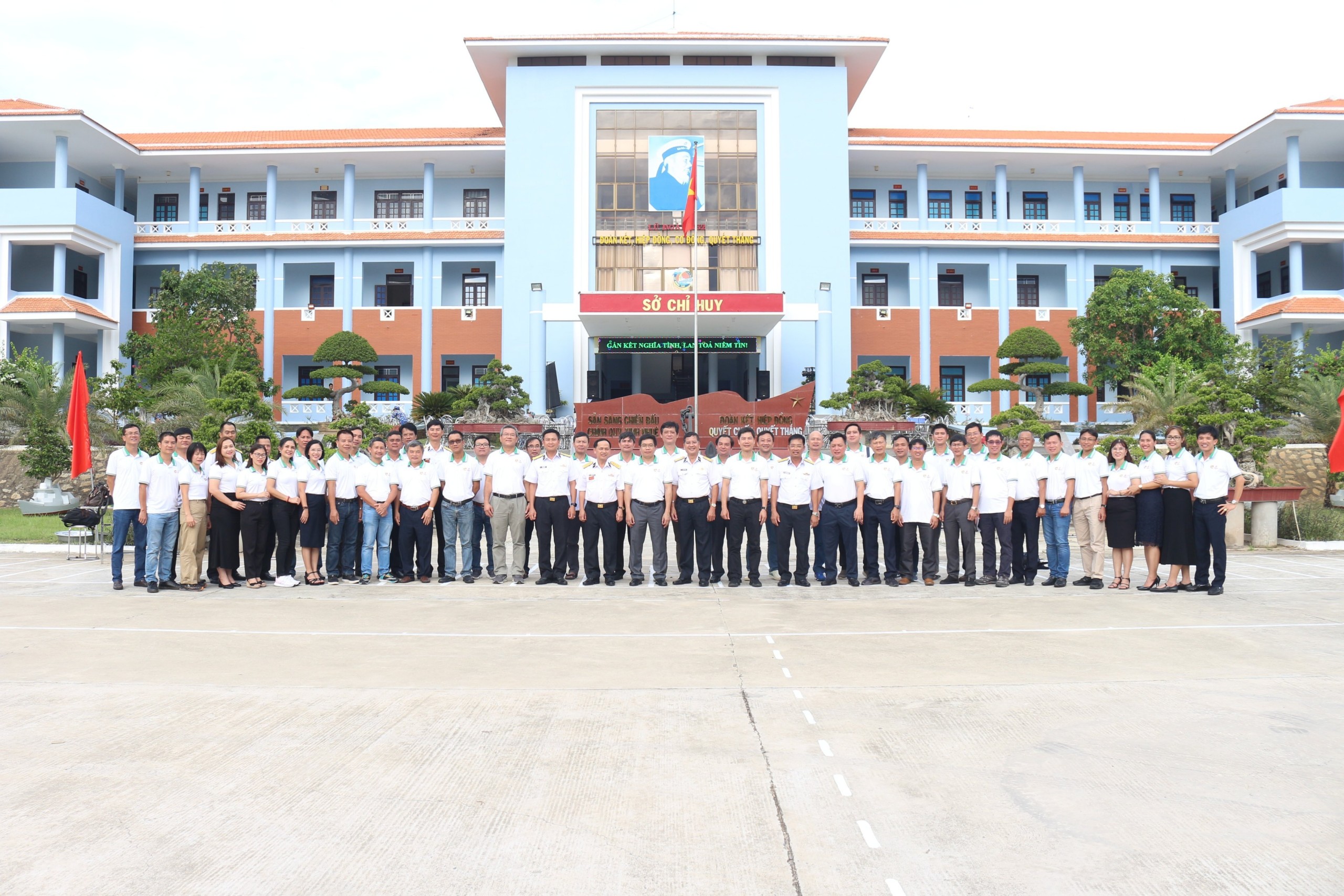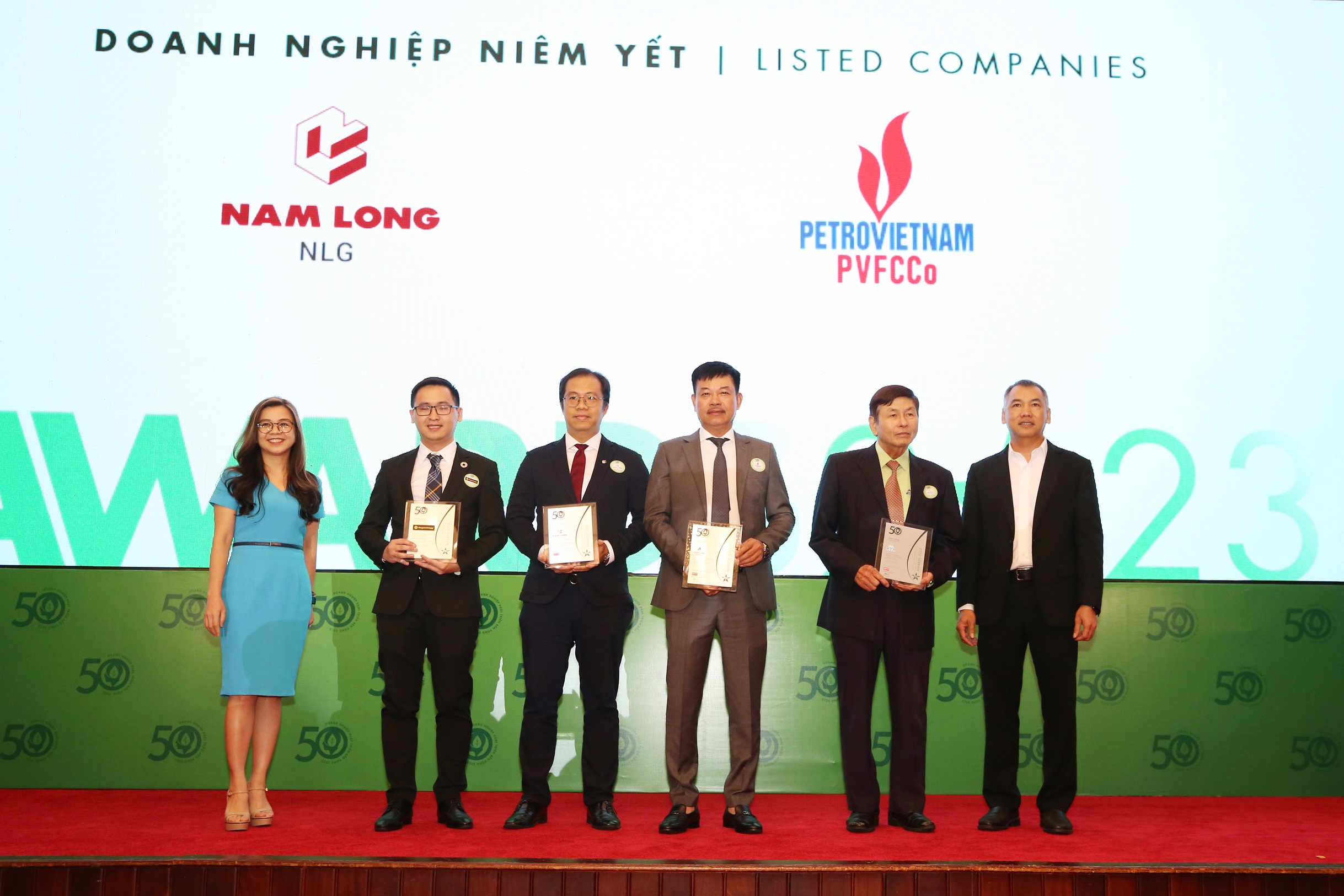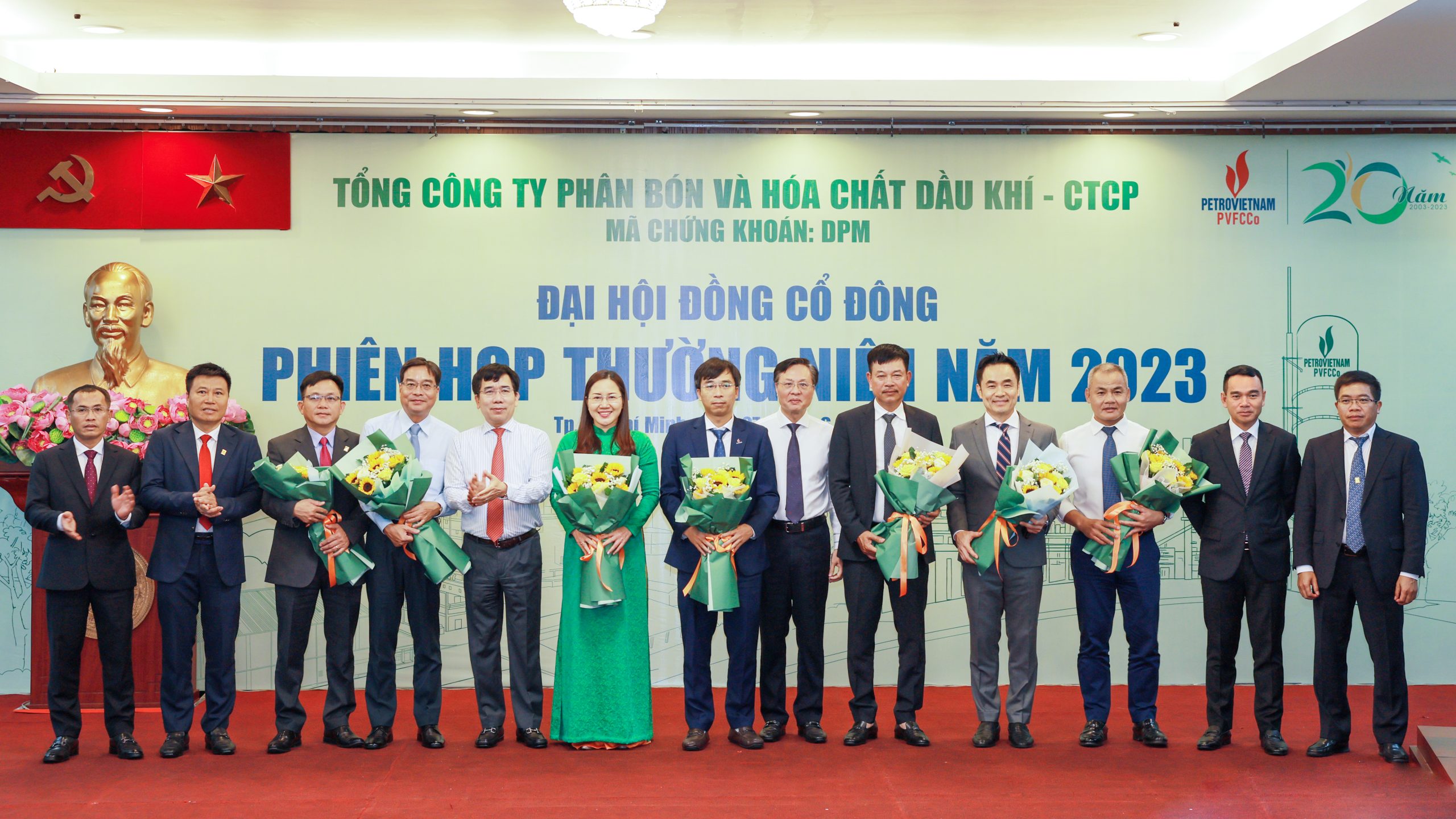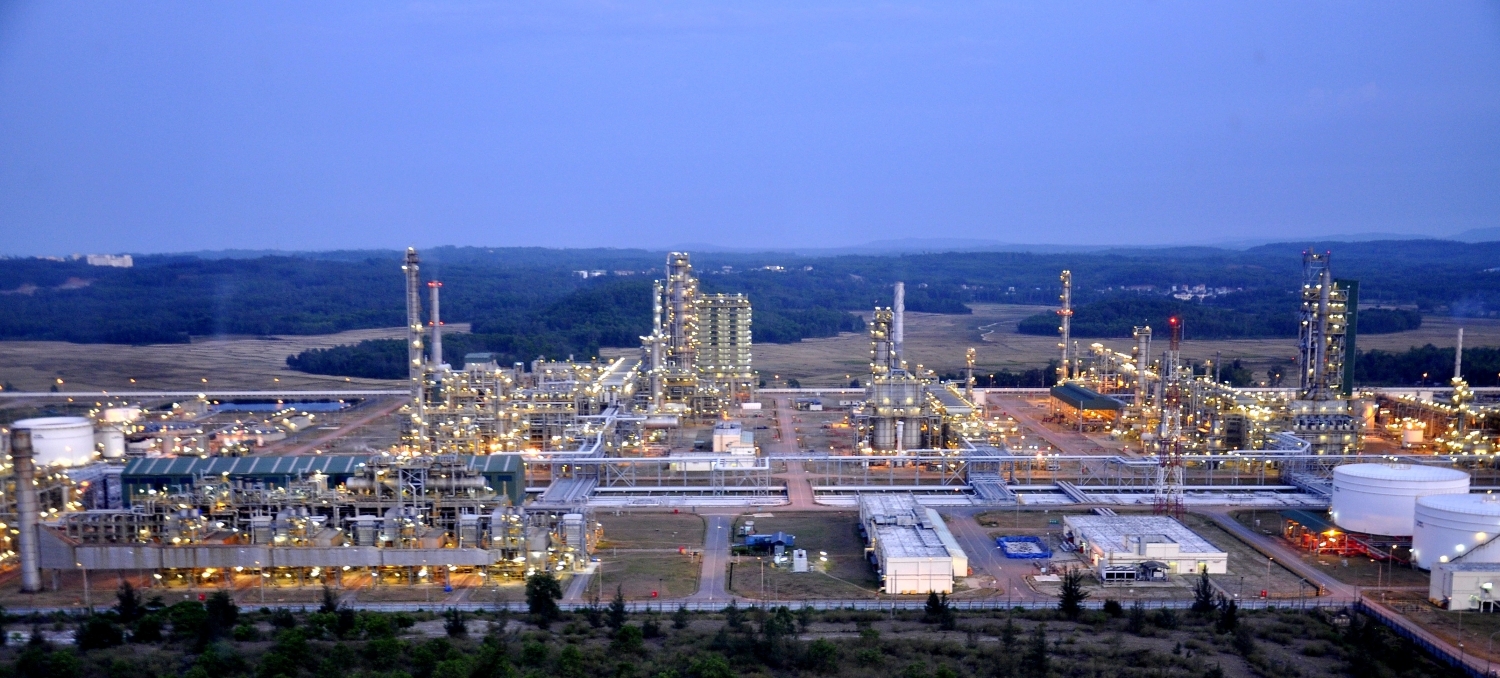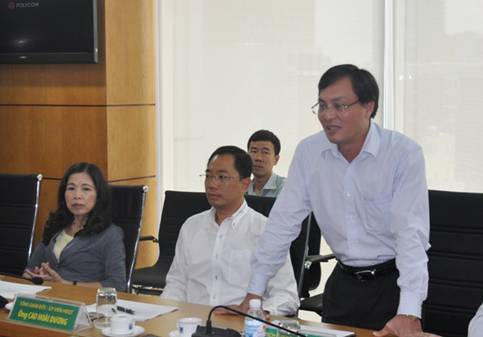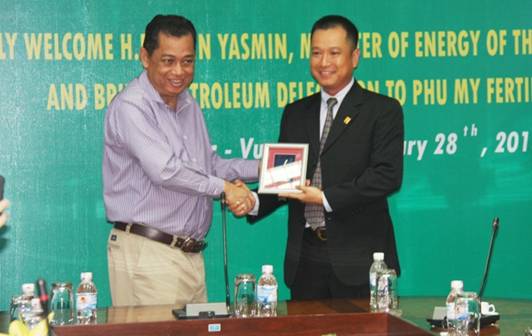Youth newspaper – With the newcomers Ca Mau Fertilizer Plant and Ninh Binh Fertilizer Plant going to production since 2012-2013, the competition in the domestic fertilizer market gets more and more intense along with bustling export activities.
Market’s changes
In the early months of 2013, Phu My Fertilizer Plant (under PVFCCo) and Ca Mau Fertilizer Plant (under PVCFC) were both in stable and maximum capacity operation. Total capacity of both plants is about 1.6 million tons per year compared to total demand of about 1.2 million tons of the southern market and total domestic demand of about 2 million tons.
In the North, Ninh Binh Fertilizer Plant whose capacity reaches 560,000 tons per year started delivering products to the market since the winter-spring crop of 2012 – 2013. Along with Ha Bac Fertilizer Plant which can produce 190,000 tons per year, the both plants under Vinachem can supply up to 750,000 tons of urea per year.
Therefore, if the four plants operate at maximum capacity, domestic urea output will reach 2.3 million tons compared to the current demand which stays around 2 million tons. That means the competition between fertilizer companies will get more and more intense.
Proactive initiatives for export boosting
To deal with this situation, not only conserving the domestic market, fertilizer manufacturers are also trying to export. Taking the lead in this path is PVFCCo. While supply and demand relationship in the domestic market was very favorable for manufacturers, PVFCCo prepared to reach out beyond the borders for two main goals. The first one is to expand the market when domestic supply is about to exceed demand. The second one is to implement the long-term target that is to become a leading company in Southeast Asia in the field of fertilizer and chemicals manufacturing and business.
To accomplish these objectives, PVFCCo is developing in 2 directions: the first one is to cooperate with large international fertilizer businesses then export products to countries in need through their distribution systems; the second one is to directly penetrate into the neighbor markets. Regarding the first one, in 2012 PVFCCo exported 80 thousand tons of urea to Thailand, Philippines, Malaysia… For the implementation of the second one, since 2009, PVFCCo has carried out a series of market surveys in Cambodia, Laos, Myanmar… In May 2010, the PVFCCo’s representative office in Cambodia was inaugurated, and one year later, become an official branch with full direct sales functions. In 2012, PVFCCo exported to Cambodia 20 thousand tons of urea which only met 10% of demand of this country that imported 100% urea. Actually the system of port warehouse and distribution for the branch in Cambodia is under construction.
Also in 2012, PVFCCo started establishing a representative office in Myanmar – the potential market importing 90% fertilizers for its traditional wet rice agriculture. Soon after that, 1,500 tons of Phu My fertilizer were exported for testing to Myanmar to affirm the presence of the Vietnamese first brand of fertilizer in the market considered as the last “land of gold” in Southeast Asia. Most recently, in March 2013, a Myanmarese client has offered to buy 5,000 tons of PVFCCo’s urea.
PVFCCo is currently finishing the last procedure to get the license which allows the representative office in Yangon to officially open its door in April, said Mr. Nguyen Hong Vinh – Deputy General Director in charge of sales and distribution system.
“Vietnam has competitive advantages over exporters from Middle-East and the Baltic states thanks to its favorable location that is near big fertilizer markets such as Thailand, Cambodia, Philippines, Myanmar…”, added Vinh. Shipping time for importing products from Middle-East or the Baltic States is 40 to 60 days while it takes only 3 to 5 days from Vietnam. Freight shipping costs from Vietnam are also significantly lower than from other regions.
In 2012, PVFCCo exported nearly 100 thousand tons of urea to other Southeast Asia countries. “In the next coming years, we expect an export of 200 thousand to 300 thousand tons per year which will make up about 25% of the company’s revenue and profit,” said Vinh. Successful exports will significantly reduce the domestic competition’s pressure and provide a source of foreign exchange for the country and businesses. This path that has very solid bases ensures for the company a large market, a sustainable development and allows the company to seek profits overseas.


